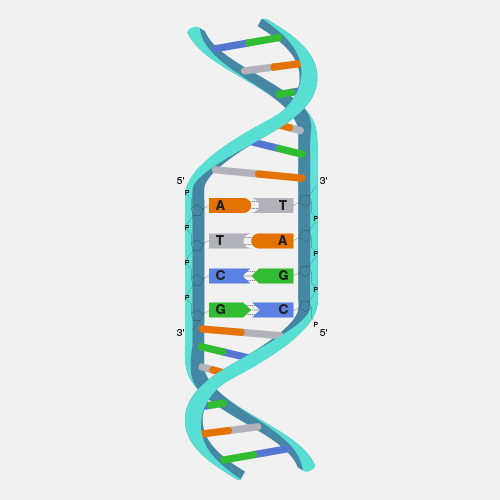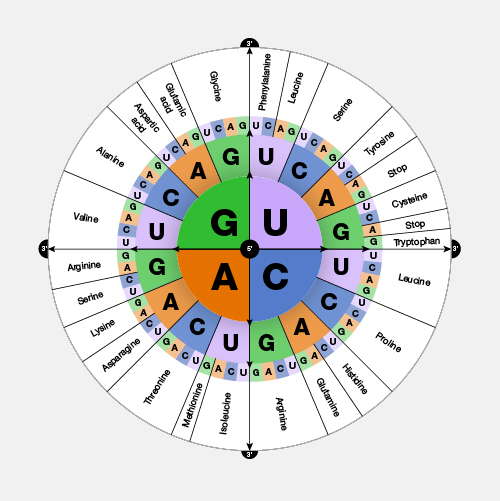
Gene Expression
Definition
Gene expression is the process by which the information encoded in a gene is turned into a function. This mostly occurs via the transcription of RNA molecules that code for proteins or non-coding RNA molecules that serve other functions. Gene expression be thought of as an “on/off switch” to control when and where RNA molecules and proteins are made and as a “volume control” to determine how much of those products are made. The process of gene expression is carefully regulated, changing substantially under different conditions and cell types. The RNA and protein products of many genes serve to regulate the expression of other genes. Where, when, and how much a gene is expressed can also assessed by measuring the functional activity of a gene product or observing a phenotype associated with a gene.

Narration
With current technologies, we have the ability to measure mRNA expression of every gene in the entire genome. Sometimes, we can do that in individual cells. This is a really powerful tool to help us measure which genes are turned on, how much and where. Classically, we can also measure gene expression by observing a phenotype or a trait. Examples of those would be to measure a protein activity. If a protein activity can be measured, the gene that encodes for that protein is probably turned on or we can define it as turned on. We can also look for patterns and traits. So for example, if a beautiful butterfly wing with multiple colors is the result of different genes being turned on in different places in the butterfly wing, then we can measure that gene expression simply by observing the wing of the butterfly and marking the locations of the colors.





